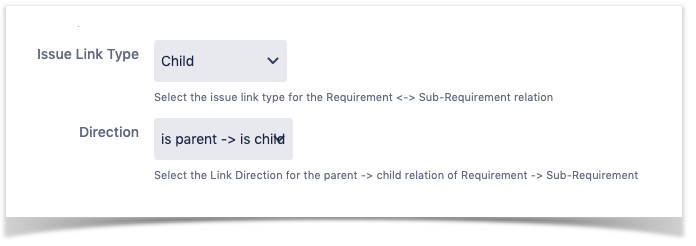Page History
| Info | ||||||||
|---|---|---|---|---|---|---|---|---|
Requirements can be covered by Tests , and are the expected result for the system. Defects are identified during Tests Executions , and represent a condition in the system that does not meet the requirement or end-user expectations. In Jira, Requirements and Defects are going to be created as issues inside a project.
|
| UI Steps | |||||||||||||||||||
|---|---|---|---|---|---|---|---|---|---|---|---|---|---|---|---|---|---|---|---|
|








